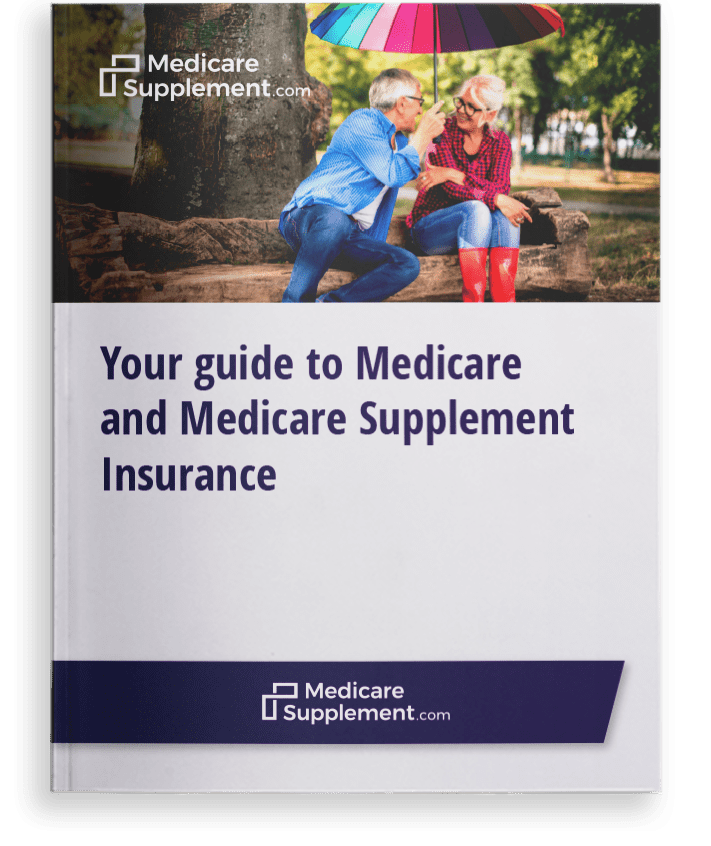Medicare 101
Medicare Part B
Medicare Part B (medical insurance) covers numerous health care costs for seniors and younger individuals with certain disabilities and End Stage Renal Disease (ESRD).
Unlike Medicare Part A, which is usually premium-free, Medicare Part B typically requires you to pay a monthly premium for coverage.
Learn more about Medicare Part B below.
What Does Medicare Part B Cover?
Medicare Part B is designed to cover:
- Medically necessary services
These include supplies and medical services that are necessary to either treat or diagnose your medical condition. - Preventive services
These services, such as immunizations, help to prevent illnesses. They also help detect illnesses at an early stage.
More specifically, Medicare Part B usually provides coverage for:
- Doctor visits
- Surgeries
- Lab tests
- Clinical studies
- Ambulance transportation
- Durable medical equipment, including blood sugar monitors, canes and crutches
- Mental health care
- A second opinion, to help you make a decision before surgery
Medicare Part B Costs
Under Medicare Part B, you’ll face several health care costs, which include:
- Part B premium
In 2022, the standard Medicare Part B premium costs around $170.10 per month. However, many people pay less. It can also increase based on your income. - Part B deductible
In 2022, the Medicare Part B deductible is $233 per year. Your deductible is the amount you must pay before Medicare will pay its share. - Coinsurance
Under Medicare Part B, you’re responsible to pay 20 percent of Medicare’s approved costs for medical services. This includes most doctor services you receive while in a hospital, as well as outpatient therapy and durable medical equipment. - Excess charges
Excess charges are charges beyond the Medicare-approved amount for a procedure or service if your provider doesn't accept Medicare's reimbursement as payment in full.
Enrolling in Medicare Part A and Part B
People who are receiving Social Security or RRB benefits will be automatically enrolled in Medicare Part A and Part B three months before their 65th birthday or at the start of your 25th month of disability.
If you are not getting Social Security or RRB benefits, you must sign up manually. For most people, Medicare Part A is premium-free.
Medicare Part B is optional. The best time to sign up for Medicare Part B is during your initial enrollment period, which begins three months before your 65th birthday and extends three months after your 65th birthday.
If you do not enroll in Medicare Part B during your initial enrollment period, you may have to pay more for your monthly premium.
Managing Out-of-Pocket Health Insurance Costs
With Medicare Part A and Part B, you’ll have coverage for a wide range of hospital and medical costs. However, you will still be responsible for several out-of-pocket costs, including:
- Medicare Part A coinsurance
- Medicare Part B coinsurance or copayment
- First three pints of blood
- Part A hospice care coinsurance or copayment
- Medicare Part A deductible
- Medicare Part B deductible
- Medicare Part B excess charges
- Foreign travel emergency costs
A Medicare Supplement Insurance plan can help pay for some of these expenses and help make your health care spending more predictable.
Speak with a licensed agent at 1-800-995-4219 or read through our other guides to learn more.

Get a Free Medicare Guide!
Enter your email address and get a free guide to Medicare and Medicare Supplement Insurance, as well as important Medicare news and tips. We promise to never send you spam – just helpful content!
By clicking "Get your guide" you are agreeing to receive emails from MedicareSupplement.com.


